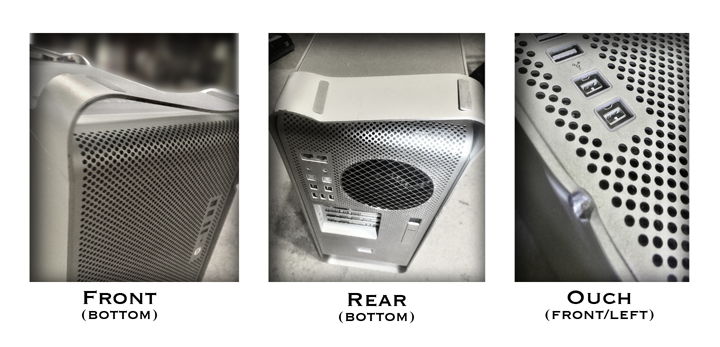Good morning Mr. Bennet,
Thank you once again for your patience, expertise, and priceless ability to keep the faith. I have made some progress. Created a bootable macOS USB drive using the terminal. A 2013 MacBook Pro enabled me to download the proper Mojave OS. Though, attempting to boot the MacPro (mid-2012) with the USB drive failed no matter what key command I used at startup. I tried the Option key at startup, the Command-R keys, Command Option Shift delete keys, Command Option-R, etc. Keep in mind when using the Key Commands ....this MacPro failed to startup at all when executing these key commands. Of course, this negated booting from the recovery partition (Base System). Disk Utilities and a Re-install of Mojave plus updates all proved to be fruitless, though the mental anguish was flourishing. And yes the SSD could possibly be an issue, though the Disk Utilities are not indicating any issues with the internal drive. Even so, I have reservations concerning its performance. I’m kind of curious to see what happens if I install a Brand new drive. Anyway, I did mention that I’ve made some progress right......
This dilemma prompted me to use a 3rd party disk utility that installs/creates a partition for its recovery drive. Once the installation was successful it immediately prompted me to choose a startup disk......you guessed it...... there it was the bootable macOS Mohave USB installer that was created using the terminal. Thus the clean install did ensue. The capacity to boot from alternate disks, both internal and external has been restored as a result.
ATTENTION: My apologies regarding editing concerns for my previous post (01/12/24)
01/22-23/23
my Mid 2012 Mac Pro was running Mac OS Mojave 14.6 when purchased it last year. While the OS has been “reinstalled” and OS software updates are current, an erase and a fresh OS install will be of benefit for measuring the performance impact potential of future hardware upgrades. It needed a LOT more than that after UPS got thru with it. It took me 2 plus months to get that debacle ironed out. Another story for another time. Doesn’t look good in these pics but this MacPro seemed to be in good working order even with all its dents, bumps, and bruises. The enclosure has been replaced and the CPUs have been upgraded. A work in progress.
 Thank you kindly for all your support, Mr. Bennet. Ever grateful for the responsive feedback!
Thank you kindly for all your support, Mr. Bennet. Ever grateful for the responsive feedback!